Calculating probablities can be used to help us make decision. PatrickJMT explains how to calculate probability in an "either A or not A" scenario. The probability of A plus the probability of not A is equal to one. Therefore, the probability of A is equal to one minus the probability of not A ; P(A)= 1 - P(not A). The probability of a major earthquake in San Francisco over a period of time is used as an example. The probablity of an earthquake of a magnitude of 7.5 or greater in San Francisco in any given year is said to be 2 percent or 0.02. Assuming that the earthquakes are independent of each other, he calculates the probability of San Francisco having a major earthquake in the next 25 years. This is one minus 0.98 to the power of 25, or about 0.397. There is therefore an approximately 40 percent chance that San Francisco will have a major earthquake in the next 25 years. He shows us how the scenario gets worse for San Francisco over the next 50 and 100 years with increasing probabilities that a major earthquake will happen.
Apple's iOS 26 and iPadOS 26 updates are packed with new features, and you can try them before almost everyone else. First, check Gadget Hacks' list of supported iPhone and iPad models, then follow the step-by-step guide to install the iOS/iPadOS 26 beta — no paid developer account required.




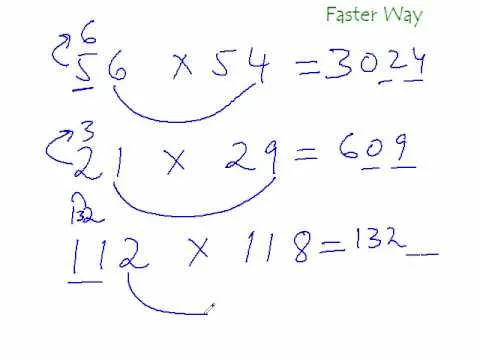
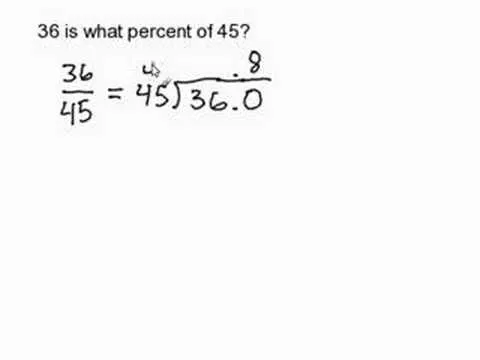
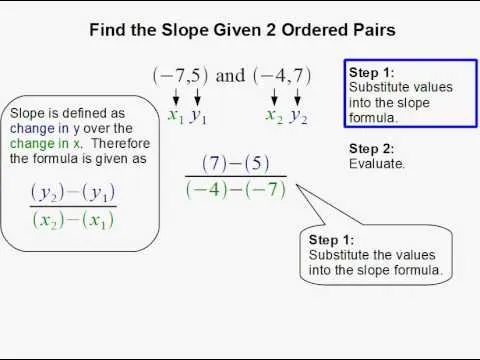


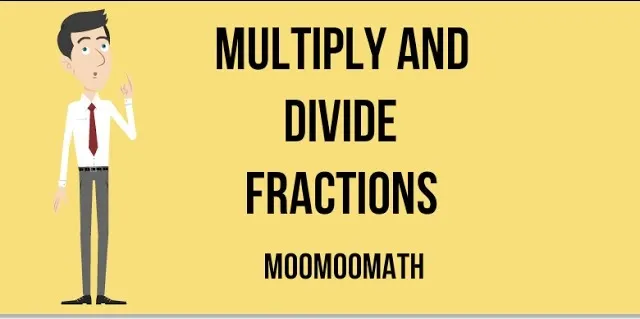








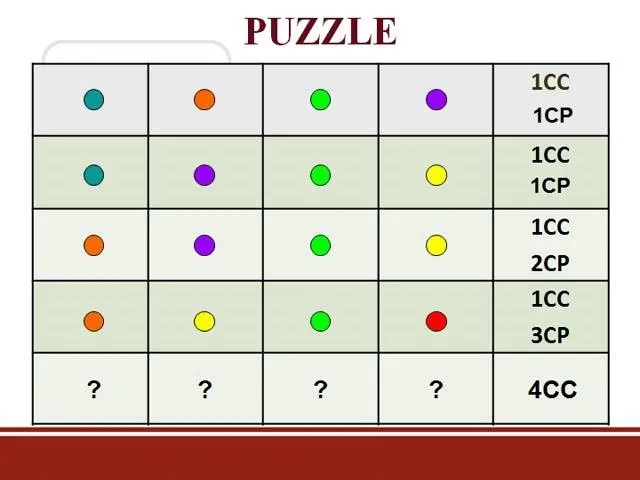
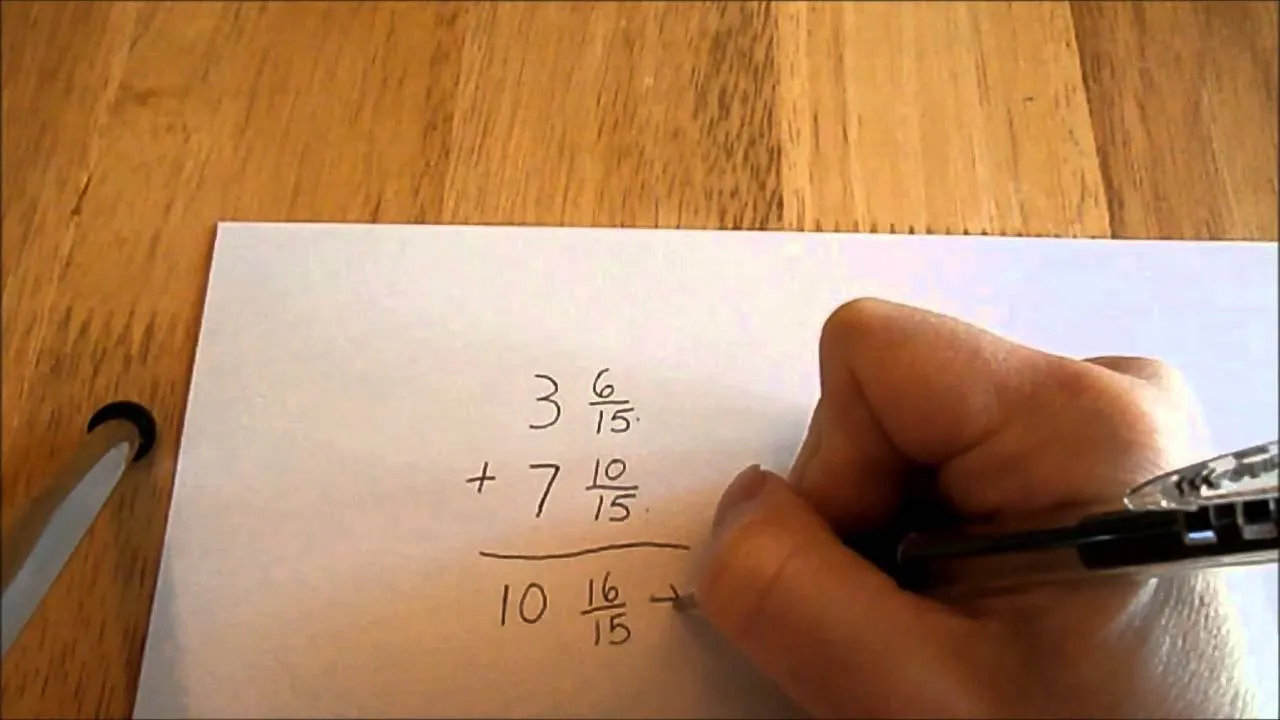

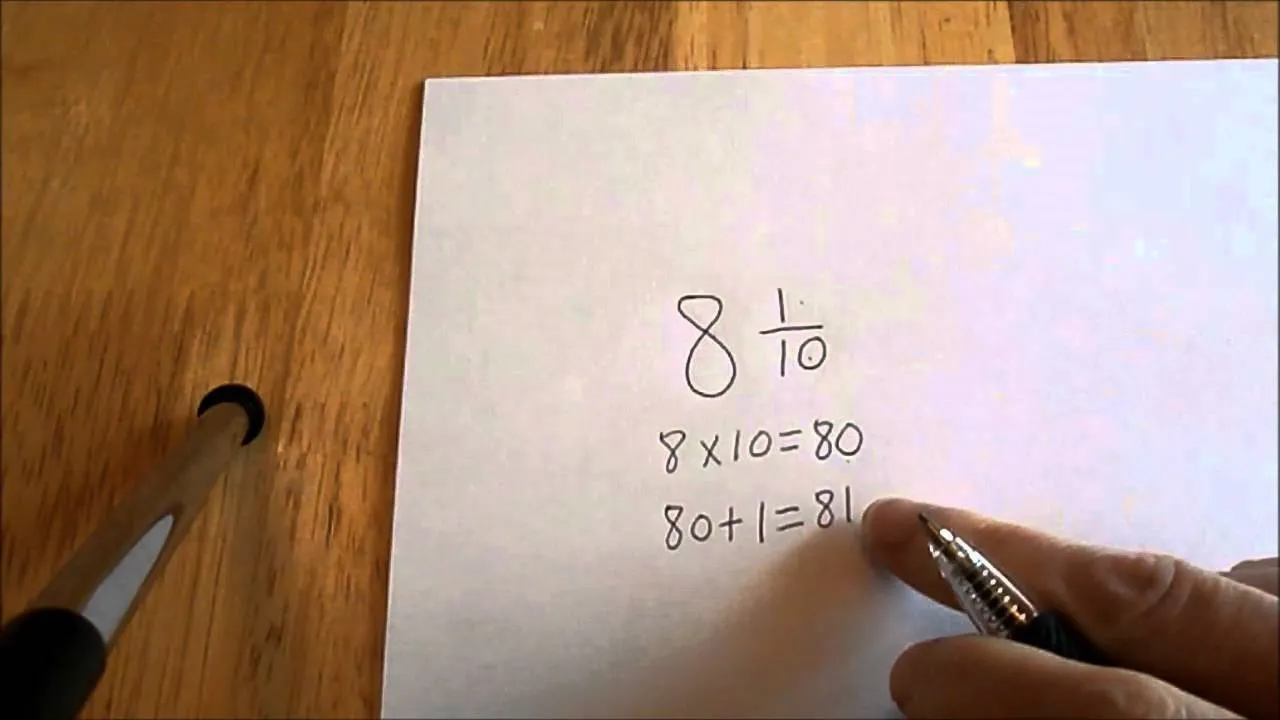


Comments
Be the first, drop a comment!